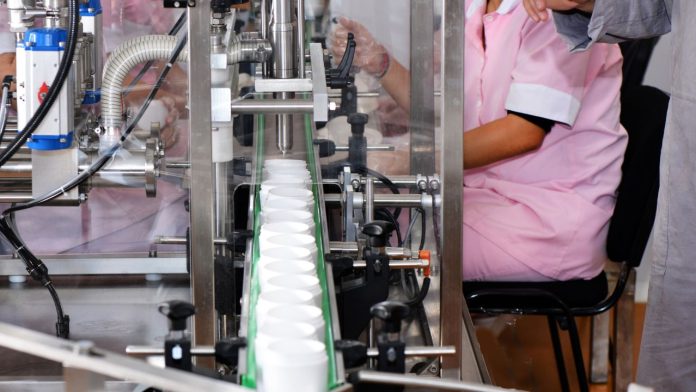The dry powder filling machine is widely used in various industries, such as pharmaceuticals, food processing, and chemicals, for the accurate and efficient filling of powder-based substances into containers. These machines are designed to ensure precise measurement, high-speed filling, and minimal waste. Understanding how these machines work is essential for ensuring product consistency and maintaining high standards in production processes.
The working principle of a dry powder filling machine revolves around several key components that work together to provide accurate filling. Below is a breakdown of the main mechanisms involved:
1. Feeding the Powder
The dry powder is fed into the filling machine from a hopper or storage bin. The hopper is equipped with an agitator to ensure that the powder remains free-flowing and does not clump together. This is crucial for maintaining consistency in the powder’s flow and density, which affects the accuracy of the filling process. The hopper is usually fitted with a level sensor to prevent overfilling or underfilling, ensuring that only the required amount of powder is supplied to the machine.
2. Conveying and Transporting the Powder
Once the powder is in the hopper, it is conveyed to the filling station via a conveying system, which could be a screw conveyor, pneumatic conveying system, or auger. These systems are designed to handle powders with various flow characteristics, ensuring that the powder moves smoothly without causing blockages or inconsistencies. The auger system is especially common in dry powder filling machines as it effectively transports powders of various consistencies and densities.
3. Accurate Measurement
The key to the functionality of a dry powder filling machine is its ability to measure the exact amount of powder for each container. The powder is typically measured using an auger or piston-based volumetric system. In the auger system, the rotating screw mechanism draws the powder and pushes it through a measuring chamber where the powder is precisely dispensed. The auger rotates at a controlled speed to ensure that the amount of powder filled into the container remains consistent with the desired weight or volume.
In some machines, a weighing scale or load cell is integrated into the filling process. This allows for more precise control over the amount of powder being filled, as the system can automatically adjust the powder delivery based on real-time weight measurements.
4. Filling the Container
Once the powder is measured, it is dispensed into the container. The container can be a bottle, vial, or pouch, depending on the application. The machine typically uses a filling nozzle or a spout that moves downwards to the container’s opening. As the measured powder is released, the nozzle retracts to prevent spillage or contamination. After filling, the container may move to another station where the cap or seal is applied.
5. Sealing and Ejecting
Once the powder is accurately filled into the container, the machine will automatically seal the container, typically by applying a cap, lid, or heat seal, depending on the product’s requirements. The filled and sealed containers are then ejected from the filling station and are ready for further processing or packaging.
Conclusion
In conclusion, the dry powder filling machine operates through a carefully designed process that involves feeding, transporting, measuring, and filling dry powder into containers with high precision.
By using advanced mechanisms like augers, pneumatic systems, and load cells, these machines ensure that the powder filling process is efficient, accurate, and minimizes waste, making them indispensable in industries where precision is paramount.











